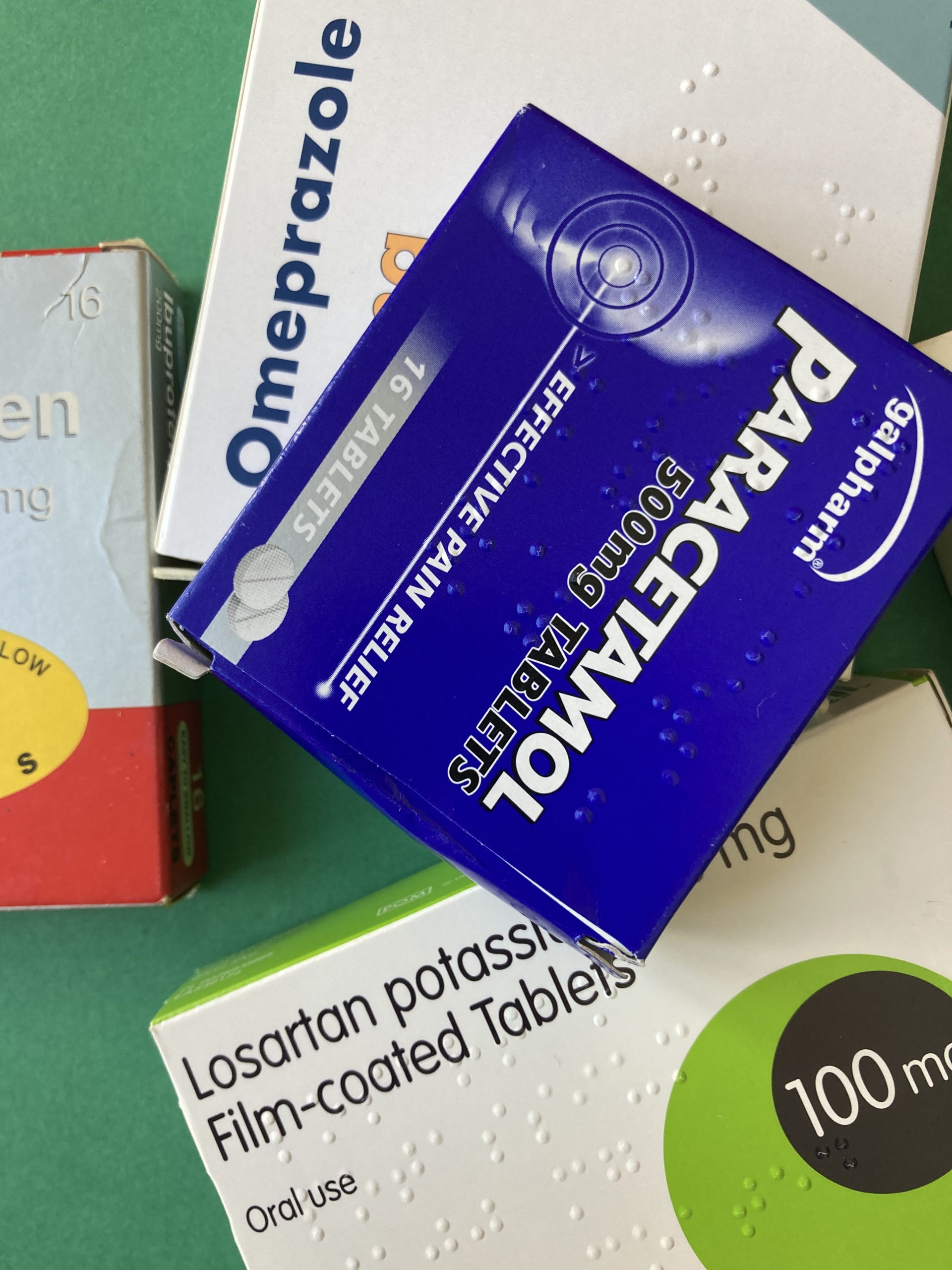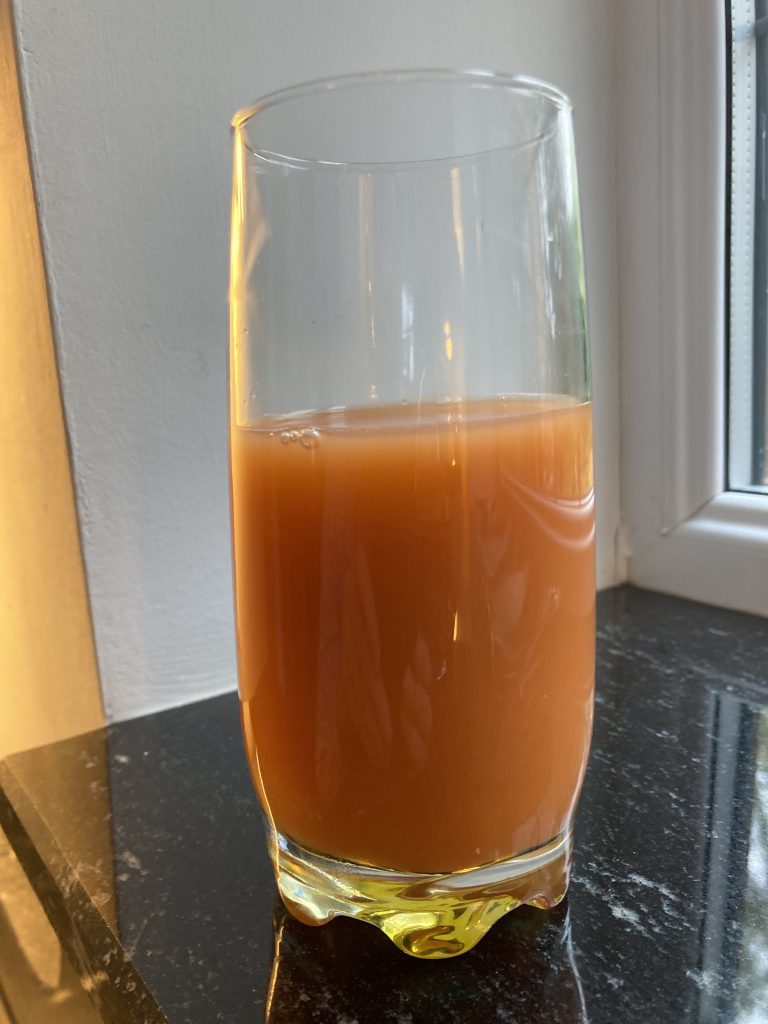POLYPHARMACY:
Drugs, Drugs and More Drugs
…
So, are we being prescribed too many drugs today? Is the NHS wasting vast sums of money? And could this prescribing be doing more harm than good? And why is this happening?
No one questions that prescribing has increased massively. We are taking at least three times as many drugs as in 2005. The increase is alarming. The number of people in the UK over 65 who are taking 2 to 4 medicines has doubled in twenty years and those taking over 5 has tripled. One in ten over 65s is being prescribed 8 different medicines and this increases to 1 in 4 in the over 85s. This is polypharmacy: taking large numbers of drugs. It is one of the most dangerous trends in medicine.
One of the reasons, pointed out in Age UK’s report “More Harm than Good”, are the NICE guidelines for doctors. These emphasise drug guidelines for individual conditions but when a patient has multiple conditions, which is all too common, then polypharmacy becomes inevitable, often leading the patient on a downhill spiral1.
Have all these extra drugs improved the nation’s health? The answer is no. Let’s look at life expectancy. Life expectancy has been going down since 2015. Of course, there may be other reasons for this, but all these extra drugs don’t seem to be giving us any benefit.
You may wonder which drugs account for this massive rise in prescribing in the UK? Four classes of drugs are largely responsible. Drugs with over 50 million prescriptions a year include statins, proton-pump inhibitors (PPIs) and anti-hypertensive drugs. Anti-depressants come in at just under the 50 million mark. The highest cost is for anti-hypertensive drugs at £123 million with statins costing £80 million and PPIs at £76 million (2017 figures). We will look at these drugs shortly and see if the enormous sums of money being spent can be justified.
But what happens if we combine several drugs together? Could this increase their danger? Nearly all drugs are tested in isolation, so no one knows the outcome when several drugs are used in combination. The studies we do have suggest it could be far more harmful than we think.
Let’s look at a major review. This was a meta-analysis of 47 studies. It found that the more drugs we take the greater the mortality. Those on 1-4 drugs had a 24% mortality, those on 5 drugs had 31% increased mortality, but those on 6-9 drugs had a whopping 56% increase in mortality2. Of course, it is likely that those on more drugs had more serious health conditions. However, there was still a clear correlation with the number of drugs taken and mortality suggesting drugs were a contributory factor. The bottom line is that we need to be wary of taking combinations of drugs.
But it’s not just mortality. Drugs affect our quality of life. Another study found those on no drugs had an incidence of depression of 5%, those on one drug and incidence of 7%, those on two had an incidence of 9%, but those taking three or more drugs had an incidence of depression of 15%, a three-fold increase3. The risk goes up with each extra drug taken.
Adverse drug reactions also increase with each drug taken rising from 13% on two drugs to 58% on five and 82% on eight or more. It is thought that 5-8% of hospital admissions are due to polypharmacy. It seems the number of drugs we take not only increase our chance of dying, but they also increase our chance of adverse drug reactions, hospital admission and worsen our quality of life.
Let’s look at the four most commonly prescribed drugs. To assess how useful a drug is we need to weigh the benefits against the risk.
The biggest group of prescribed drugs is for hypertension. Most of these drugs go to patients with mild hypertension (below 159/99). But is this justified? A study of 38,286 subjects between 18 and 74 found that treating mild hypertension4 had no benefit in terms of mortality or reduced cardiac events but there were significantly more adverse effects (blackouts, acute kidney events and electrolyte disturbances). This research questioned current guidelines which push doctors into treating mild hypertension.
The independent Cochrane Collaboration review came to the same conclusion. They looked at 4 trials involving 8912 patients with mild hypertension and no underlying cardiac disease. They defined mild hypertension as a BP between 140/90 and 159/99. After 4-5 years there was no difference in mortality, stroke or cardiovascular events. This review again suggested many people are taking blood pressure drugs unnecessarily.
Currently, eleven million people in the UK are taking statins. Most people given statins are taking them for primary prevention: this means prescribing to people who have not had a heart attack or stroke but are regarded as high risk. Doctors in the UK typically use Q-Risk, a calculator found on their computers. Unfortunately, Q-Risk is highly inaccurate. A recent study of 400,000 participants using Biobank data found it could overestimate heart risk by 20%, especially in the elderly5.
Age is the biggest risk factor affecting Q-Risk. This results in is all males over 63 and all female over 70 being regarded as high risk and most will be offered a statin. But this is the very group where statin use is most controversial, where the benefits are the smallest and the side-effects greatest.
A study in Spain in 2018 found those over 75 given statins for primary prevention had no benefit but had a higher risk of adverse effects6. The National Institute of Aging and the National Heart, Lung and Blood Institutes in the USA decided there was insufficient evidence about the benefit and harms of statins to recommend them for primary prevention in this age group7. The American Heart Association do not recommend them for the over 75s. Yet in the UK we are spending a small fortune on them.
Can we justify this prescribing? The majority of studies have shown that statins give no benefit in terms of life expectancy when used for primary prevention, but they can prevent a cardiac event in about one in a hundred people taking them for four to five years. Against this, there is a higher risk of diabetes, reversible cognitive decline, cataracts (50% increased risk), many neurological conditions, impotence, depression and an increased risk of falls. You could say the benefits are marginal and the risks disturbing.
It is worth taking a step back and comparing the miniscule benefits of statins with the benefits of changing to a healthy lifestyle. In the Harvard Health Professional Follow-up study men making healthier lifestyle choices had an 87% reduced risk of heart attacks8 and in the Nurse’s Health Study they found women who made healthy choices had a a 92% drop in heart attacks9.
Another commonly prescribed group of drugs are proton-pump inhibitors or PPIs (including omeprazole and lansoprazole). These drugs increase all-cause mortality by 25%10 (similar to smoking); they also increased the risk of cardiovascular disease (doubled in one study11), gastric cancer (45% higher risk12) pneumonia, diabetes, osteoporosis and dementia. Another study found PPIs increased cardiovascular deaths by 36%, cancers by 28% and infections by 9%13. These are drugs with serious and extensive adverse effects. My impression is most doctors are unaware of these dangers.
Another widely prescribed group of drugs is the anti-depressants. Most of these are from the SSRI (selective serotonin re-uptake inhibitors) group. The number of people taking these is staggering. Nearly one in five women in the USA has taken one in the last month. Patients are told these correct a deficiency of serotonin in the brain, even though this theory has been repeatedly disproved.
Despite their widespread use these drugs have can cause a string of side-effects and can prove addictive. They blunt mood, both low mood and enjoyment of life, increase the risk of suicide and violence, and produce nausea, agitation and sweating. They can cause long-term problems related to sexual performance and inability to reach orgasm. A study in 2007 found they doubled the rate of fractures and falls14. Patients taking SSRIs were also found to have an 87% higher risk of dying from heart disease and a 77% higher all-cause mortality15.
Perhaps worst of all a study in the British Journal of General Practice in 1998 found people on anti-depressants stopped getting better after three months whereas those taking none improved. Antidepressants have also been to significantly increase the incidence of self-harm16 (overdoses and patients cutting themselves) and yet these drugs are often given in patients with these problems.
One group of people who are often affected by our over-prescribing culture are residents of nursing homes. Residents take, on average, eight tablets daily. Can this be justified?
Dr Doron Garfunkel had his doubts. He stopped all drugs in a group of patients in an Israeli nursing home and continued drugs in a similar group at the same nursing home. The results were clear cut. In the group where the drugs were stopped there were half as many deaths (21% against 44%) and a three-fold drop in hospital admission (10% against 30%). There can be few better demonstrations of the dangers of too many drugs than this.
If you look at the evidence, it is clear to me that many drugs are being grossly over-prescribed, their adverse effects are troubling, the benefits are often limited and the NHS is being drained of precious resources. The effect of drugs in combination is poorly understood but most studies show that the more drugs taken the greater the risk of harm.
- Age Ageing, 2013; 42(1): 62-9
- J Am Pharm Assoc, 2003; 57(6): 729-38
- JAMA Intern Med, Oct 2018 doi: 10.1001/jamaintmed.2018.4684
- JAMA, 2018;319922): 2289-98
- Heart, doi: 10.1136/heartjnl=2022-321231
- BMJ,2018;362:k3359
- J Am Geriatr Soc,2018;66:2188-92
- Circulation, 2006; 114(2): 160-67
- J Am Coll Cardiol;2015;65: 43-51
- BMJ Open, 2017; 7: e015735
- Mayo Clin Proc doi: 10.1016/j.mayocp.2021.02.025
- Gut. doi: 10.1136/gutjnl-2021-325097
- BMJ,2019;365: 11580
- Archives of Int Med, 2007;167:188-94
- Br J Psychiatry, 2022;8(5): e164
- Br J Psychiatry, 2000;177: 551-6





